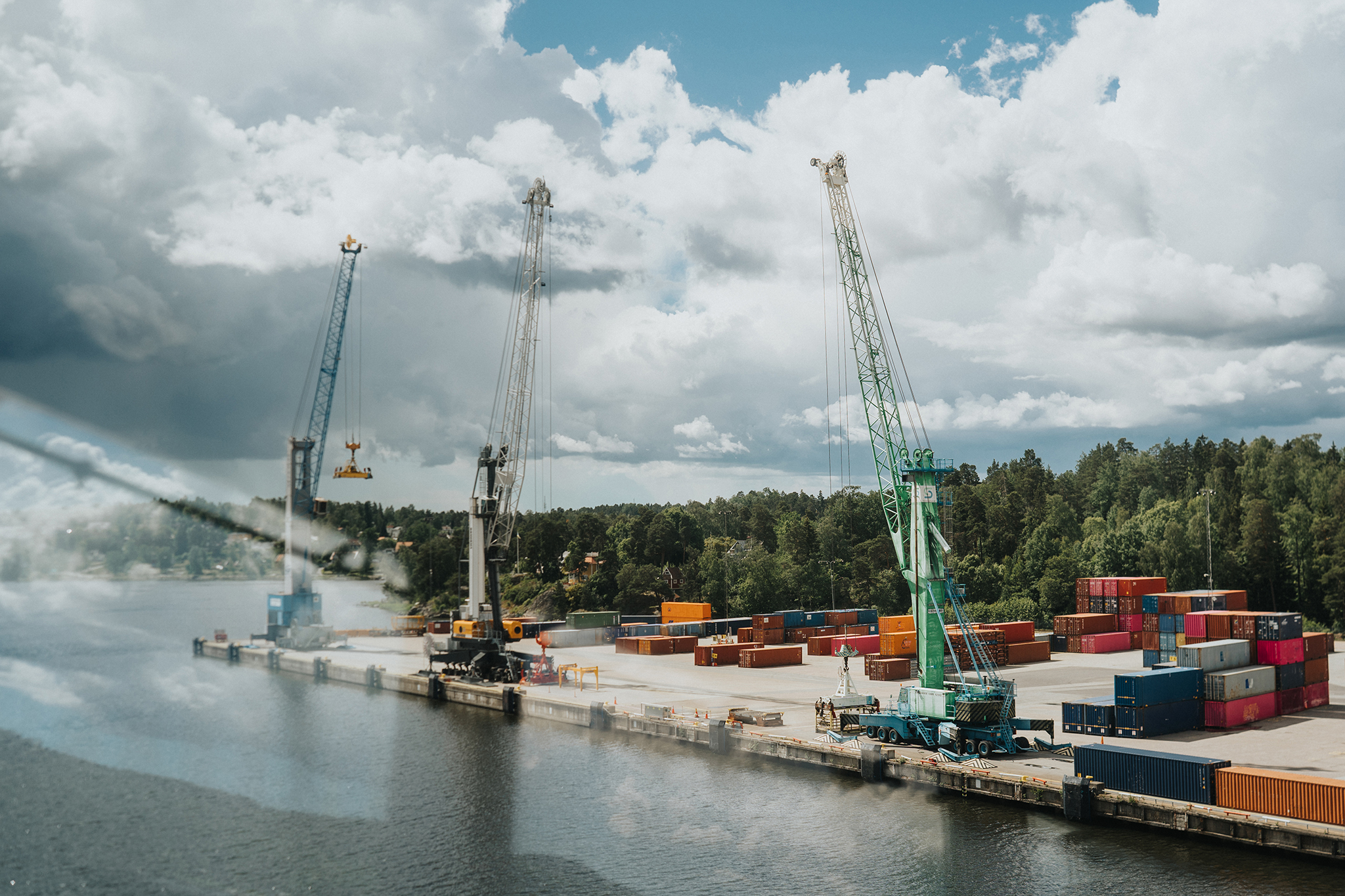The global shipping industry plays a vital role in the world economy. However, its CO2 emissions pose environmental challenges that cannot be overlooked. Understanding CO2 emissions in shipping and the actions required to reduce them is crucial for creating a more sustainable future. In this blog article, I share 5 key steps towards a cleaner shipping industry.
Understanding the impact of CO2 emissions
The shipping industry significantly contributes to CO2 emissions. Of all GHG gases, CO2 is the one that contributes the most to global warming and ocean acidification. Since the 1800s, CO2 levels have increased by 40%, causing a 1,5°C rise in the earth’s temperature. Over the past 200 years alone, the pH level of our oceans has risen by a staggering 25%.
Needless to say, if we don’t act now, the consequences of climate change will be catastrophic worldwide. As habitats of plants and animals rapidly change, species are pushed towards extinction. The spread of insects and diseases poses increased health risks for humans. Prolonged periods of drought and poor access to drinking water could force millions of people to flee due to starvation and water scarcity.
The current picture: CO2 emissions in shipping
Shipping currently accounts for around 2-3% of global CO2 emissions. While this figure might seem relatively small compared to other sectors, the expected increase in volume of goods transported by ships amplifies its impact. Without intervention, projections indicate that emissions from shipping could rise substantially in the coming years, driven by increased global trade and economic growth.
5 steps towards a cleaner shipping industry
The status of CO2 emissions in the shipping industry underscores the urgent need for action. While progress has been made in raising awareness and initiating measures to curb emissions, more needs to be done, and this requires a multifaceted approach.
1. Invest in cleaner shipping fuels
While the development of alternative fuels is evolving, the shipping industry still heavily relies on fossil fuels. Most ships run on heavy fuel oil, a carbon-intensive fossil fuel that emits substantial CO2 during combustion. To reduce ship emissions, the shipping industry must continue investing in cleaner fuels such as liquefied gas, hydrogen or ammonia fuels. Investing in production and infrastructure for more sustainable fuels can pave the way for a cleaner shipping industry.
2. Adopt energy-efficient technologies
Many vessels currently in operation were constructed using outdated engineering methods, resulting in increased fuel consumption and emissions. However, in recent years, rejuvenating fleets has become increasingly important to address the issue. By retrofitting existing fleets and integrating energy-efficient technologies such as advanced propulsion systems, it is possible to improve fuel efficiency and reduce the environmental impact of vessels. Moreover, implementing sustainable ship design principles, such as optimised hull designs, waste heat recovery systems, and automated navigation systems, holds great potential for reducing emissions.
3. Strengthen regulatory frameworks in shipping
While efforts to regulate CO2 emissions from shipping have been initiated through organisations like the IMO, the absence of binding regulations has hindered progress. Strengthening regulatory frameworks, such as implementing stricter emissions standards and carbon pricing mechanisms, can motivate shipping companies to invest in cleaner shipping practices and drive industry-wide improvements.
4. Focus on the efficiency of vessels
In recent years, we have seen how implementing operational measures to improve the efficiency of ships has led to environmental benefits. The shipping industry must continue to focus on efficiency. This includes optimising voyage planning to minimise fuel consumption and reducing vessel speeds, such as implementing slow steaming techniques to decrease emissions. It also includes adopting practices for better hull maintenance to improve fuel efficiency over the long term.
5. Foster industry collaboration
Collaboration among stakeholders across borders, including shipping companies, regulators, technology providers, and environmental organisations, is essential for achieving shared sustainability goals. By sharing best practices, collaborating on research and development initiatives, and participating in industry forums, stakeholders can work together to address common challenges and accelerate the transition to a cleaner shipping industry.
Are you ready to be challenged?
By embracing a multifaceted approach, the shipping industry can significantly reduce its carbon footprint and contribute to a cleaner future for generations to come. At Greencarrier, we strive to be the sustainability challenger in our industry.
Would you like to learn more about Greencarrier? Visit our website!




